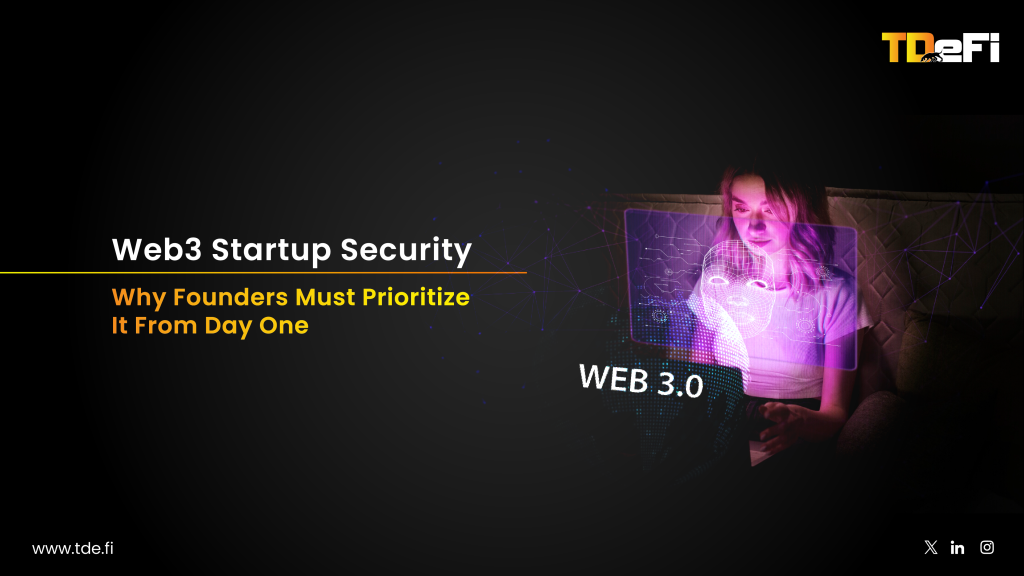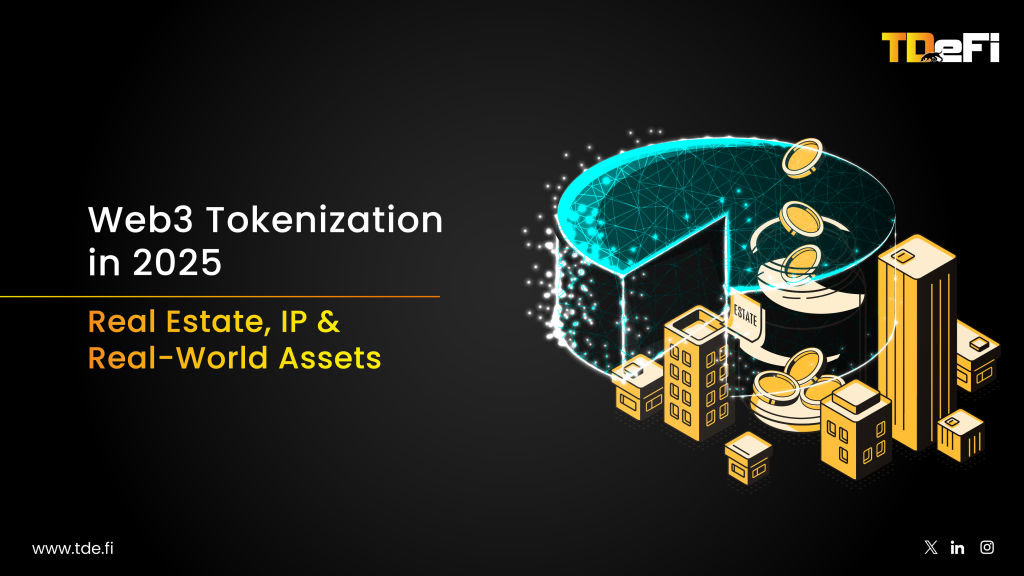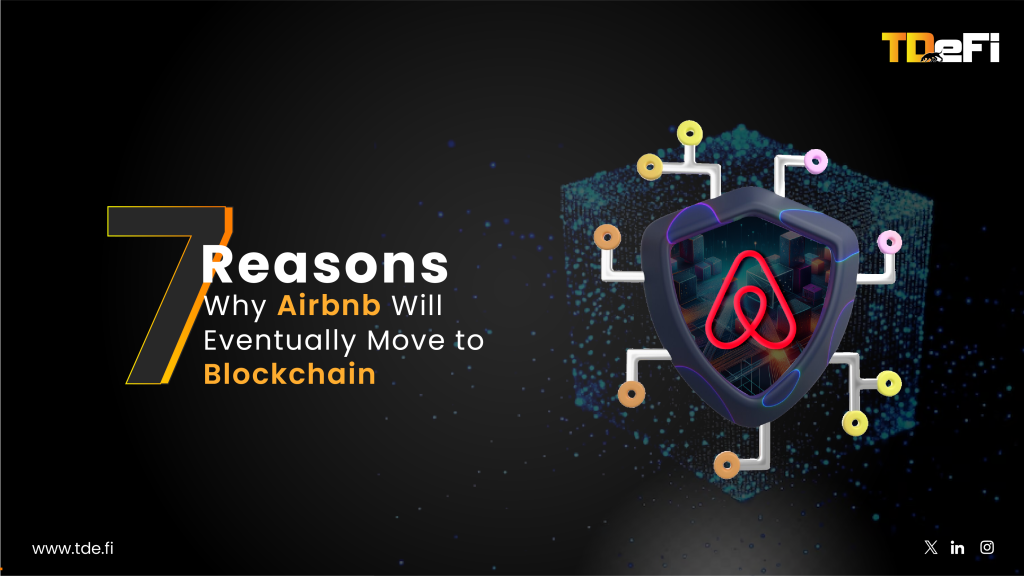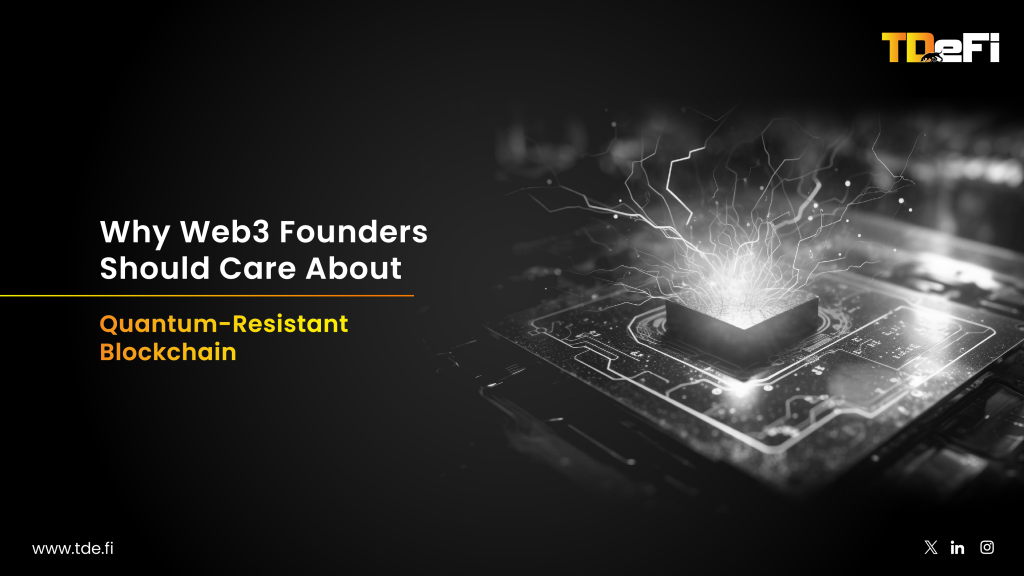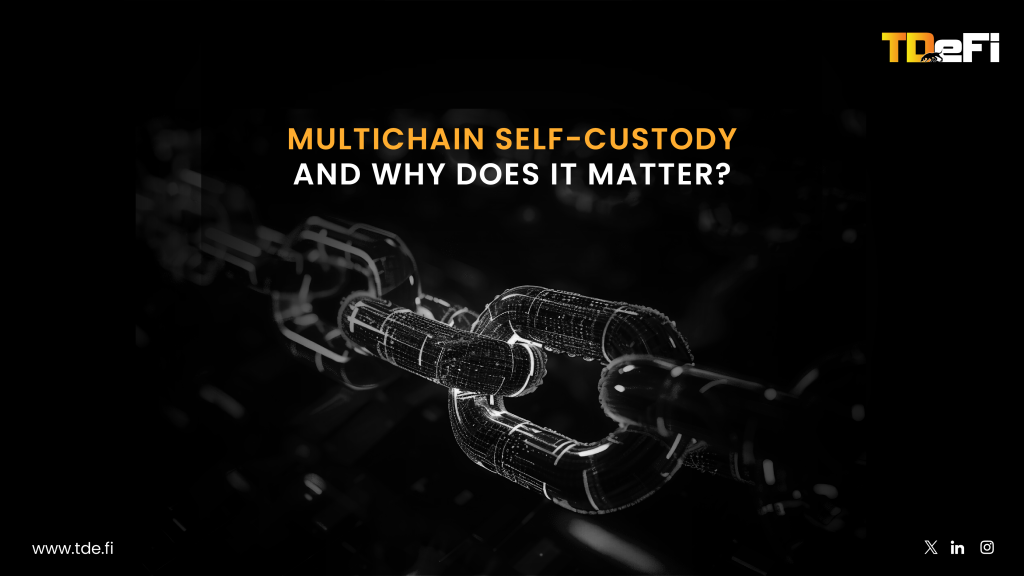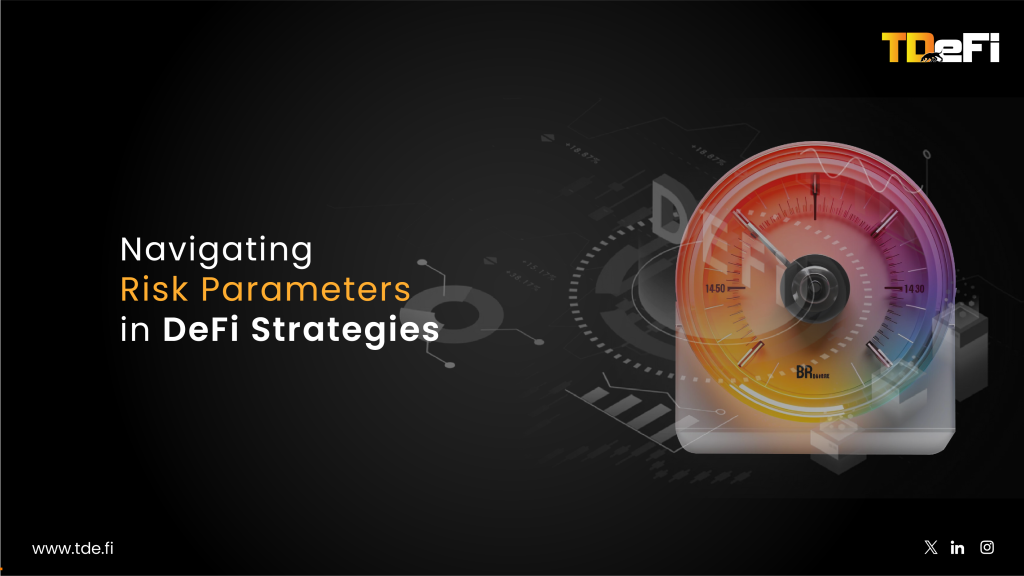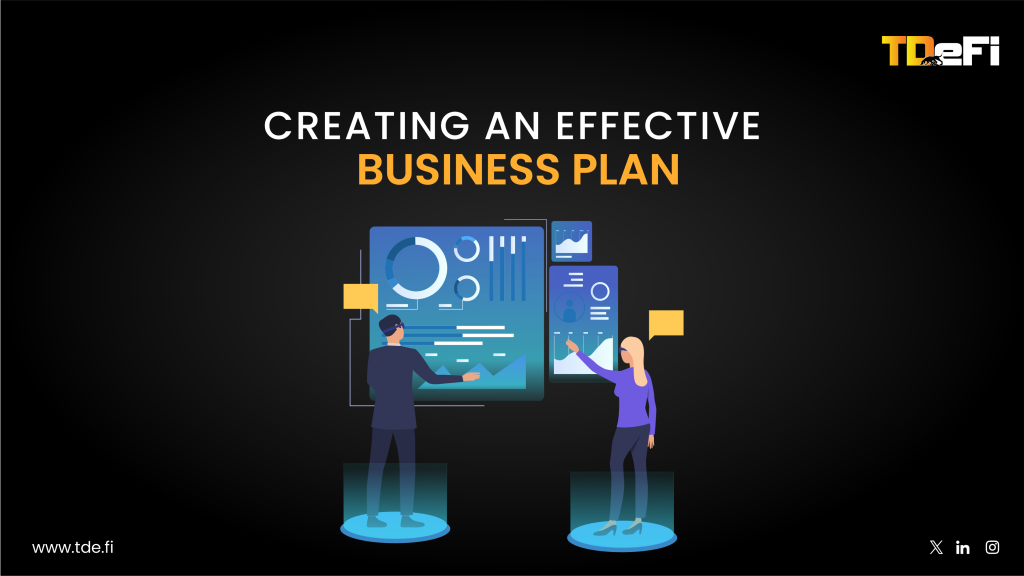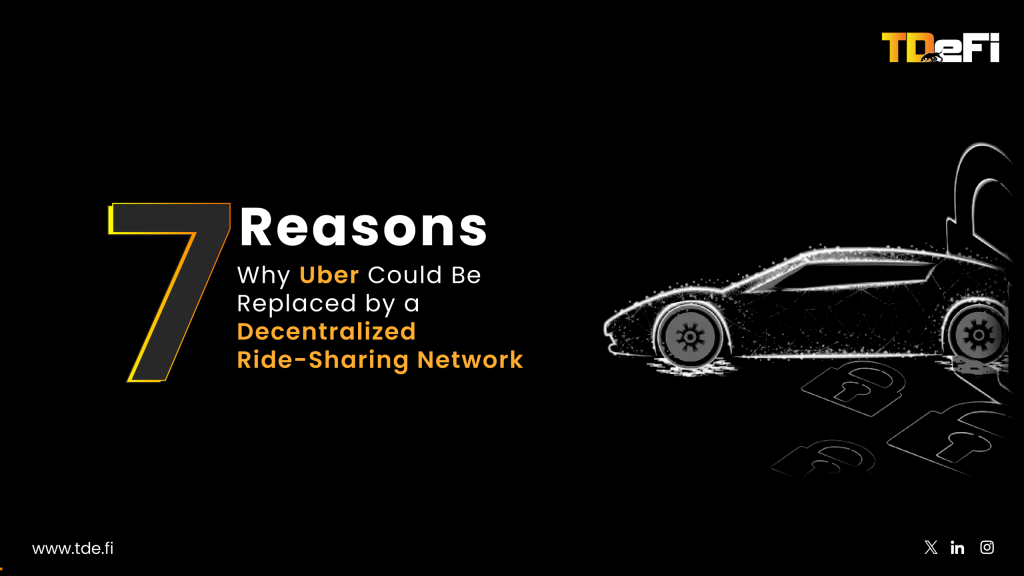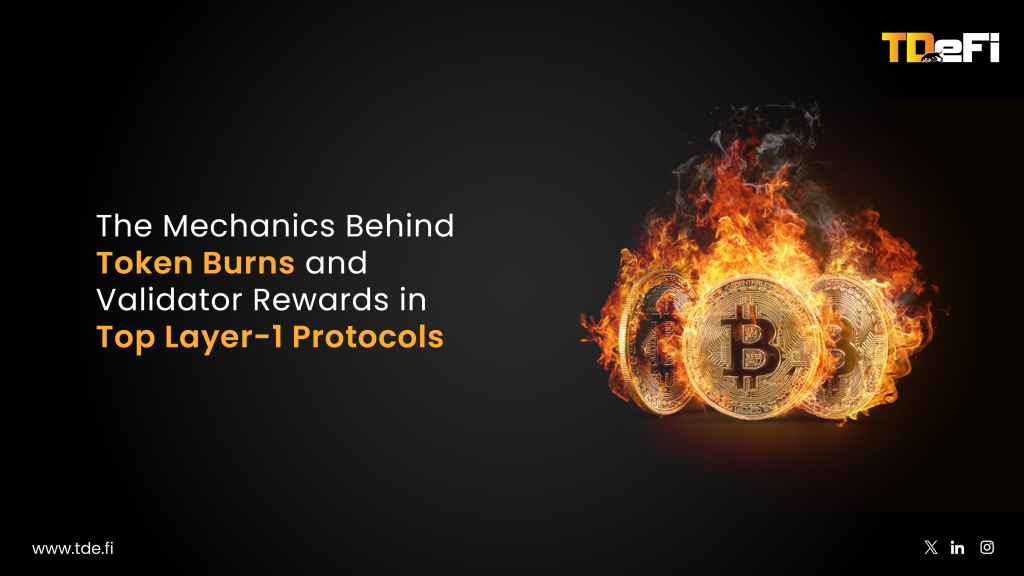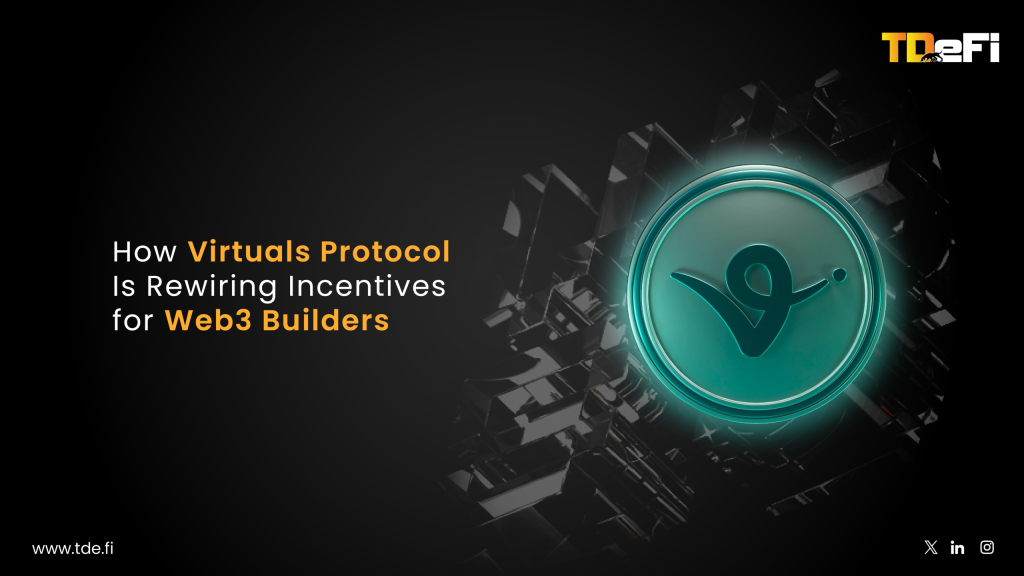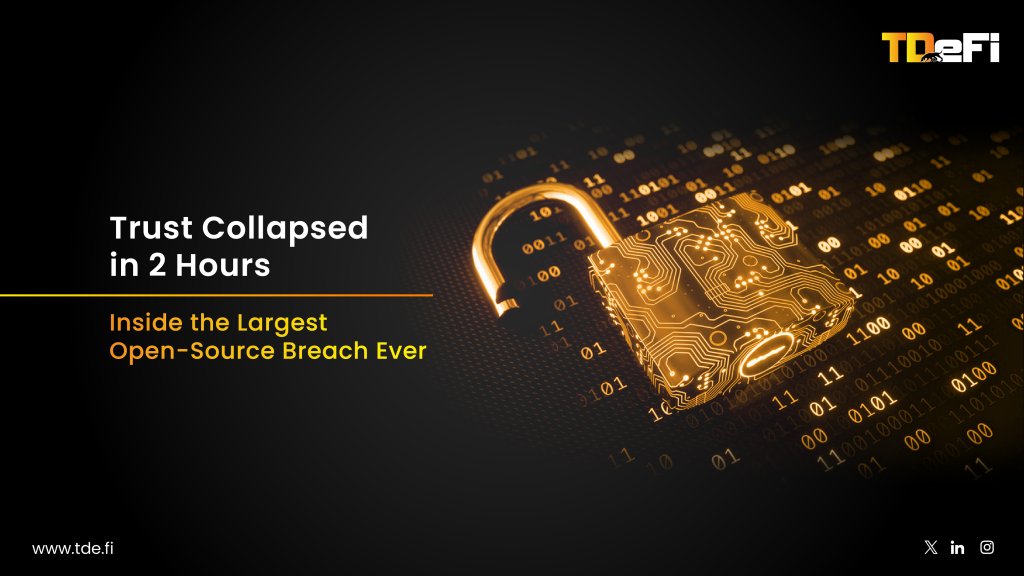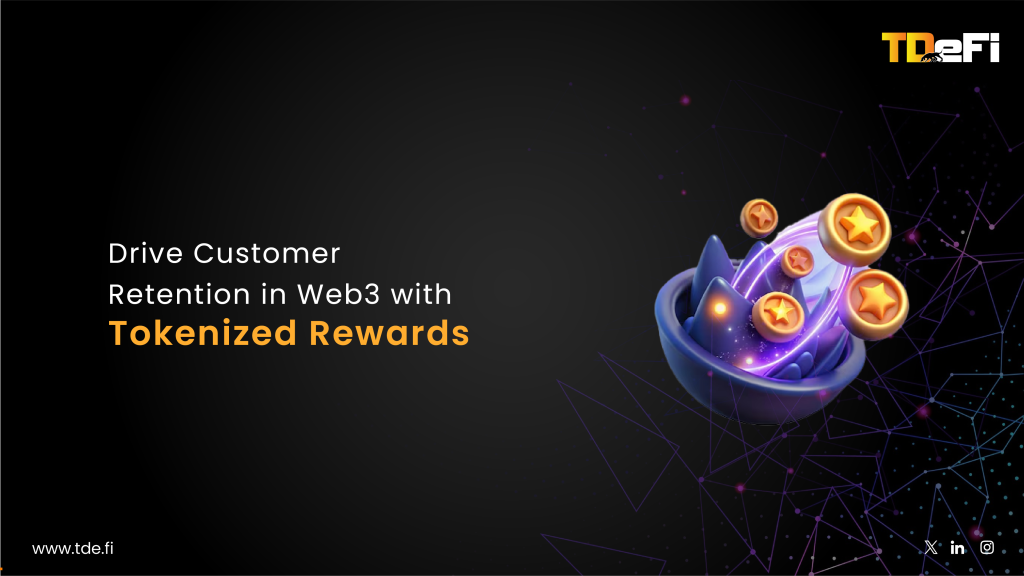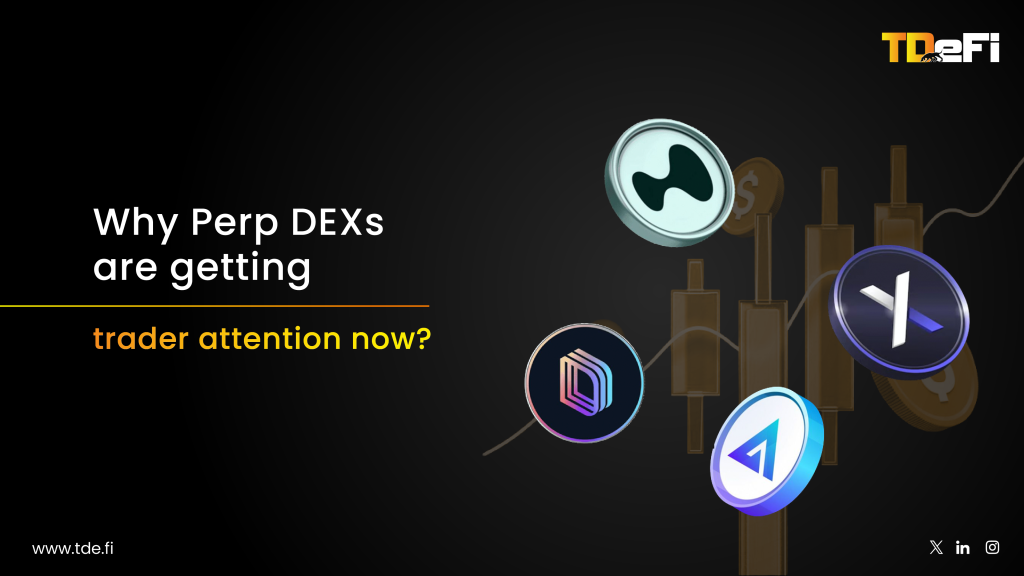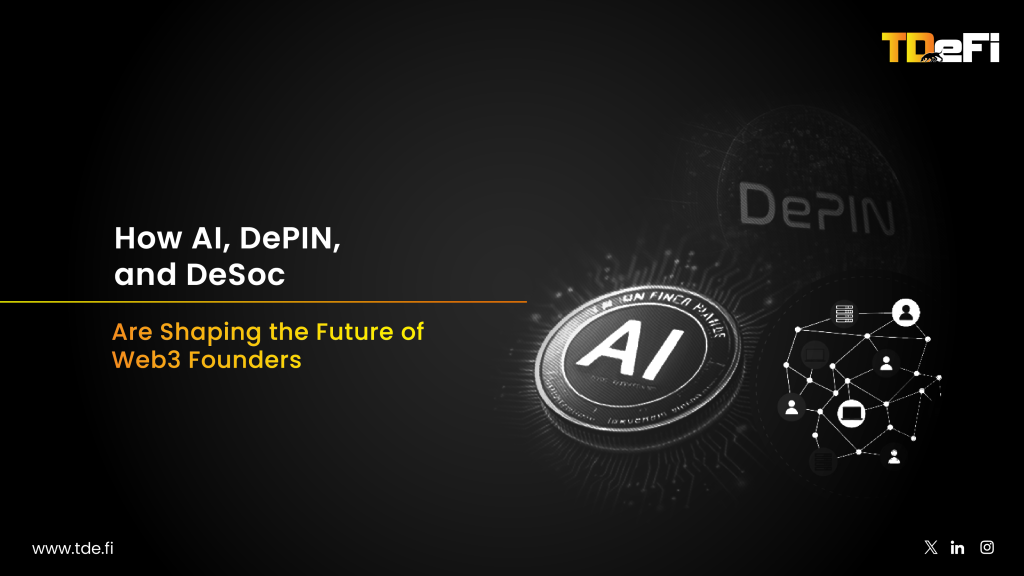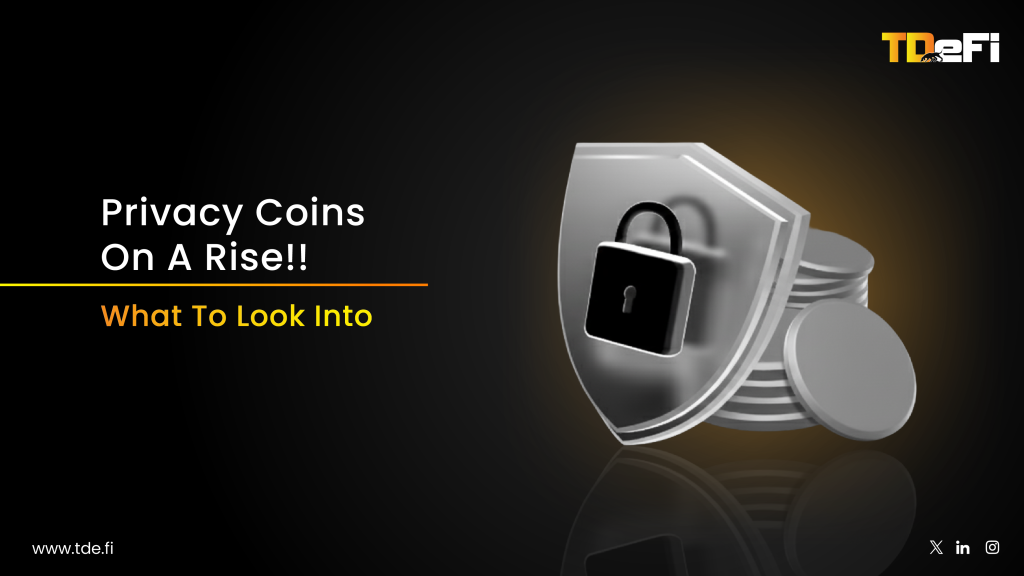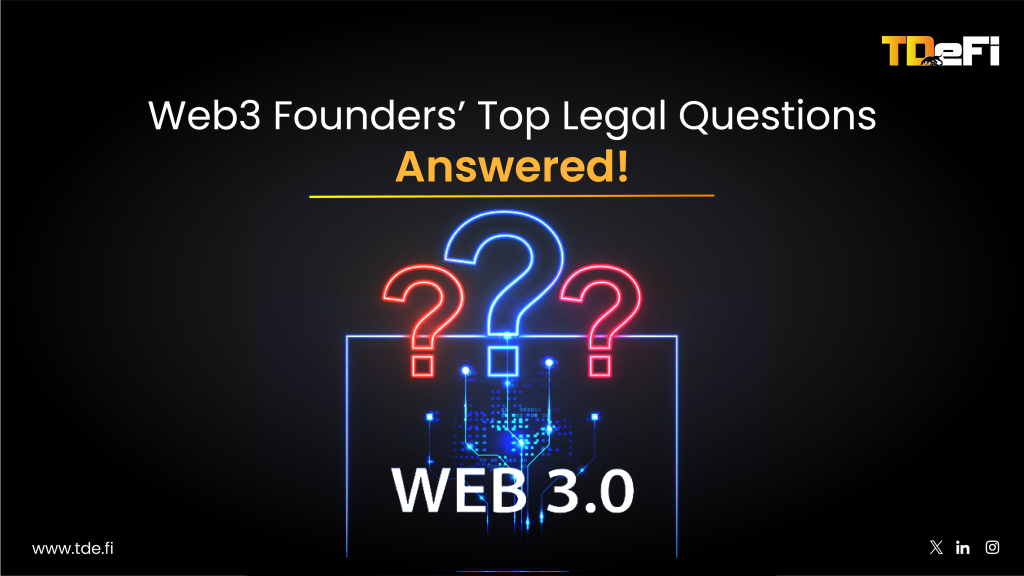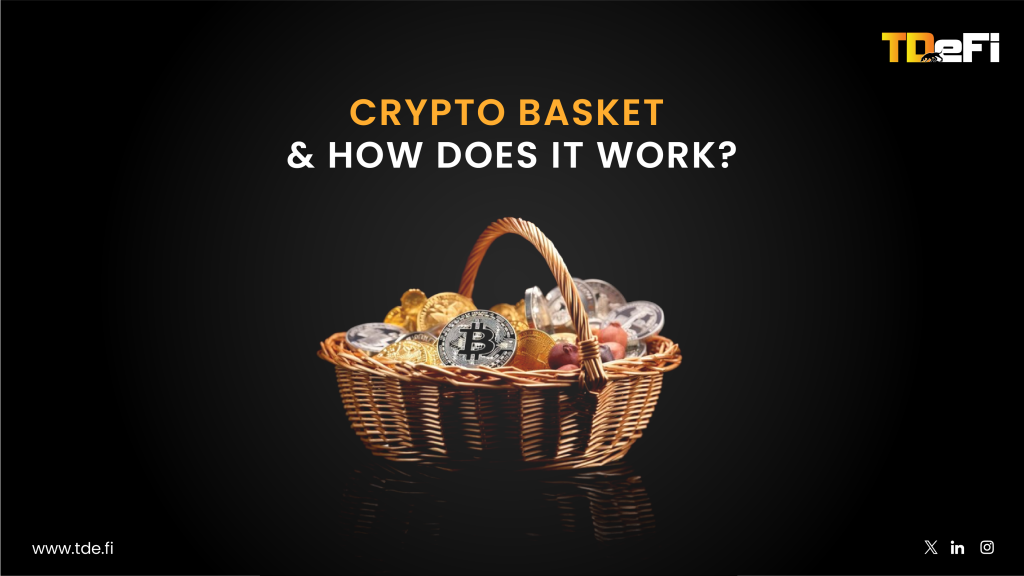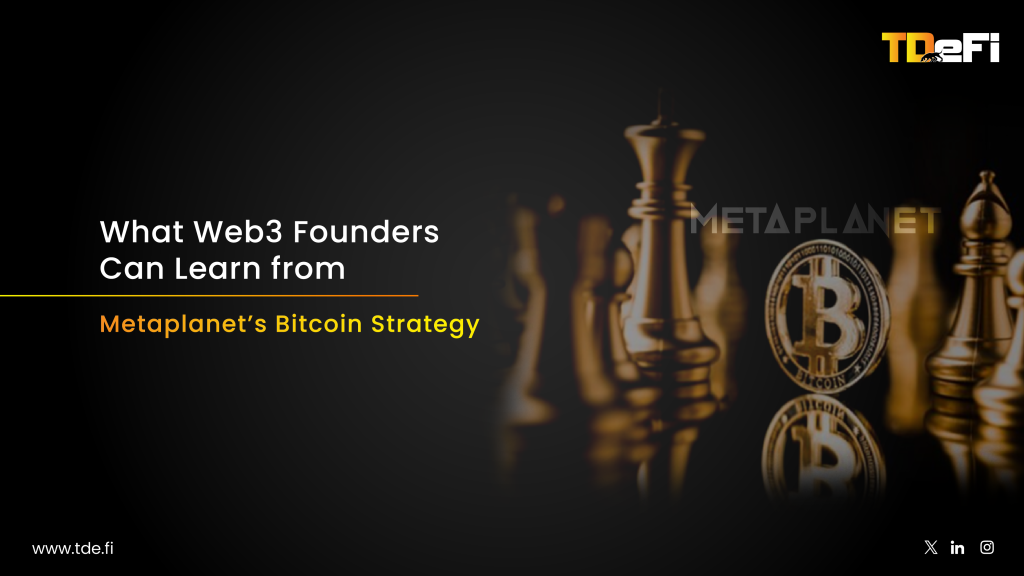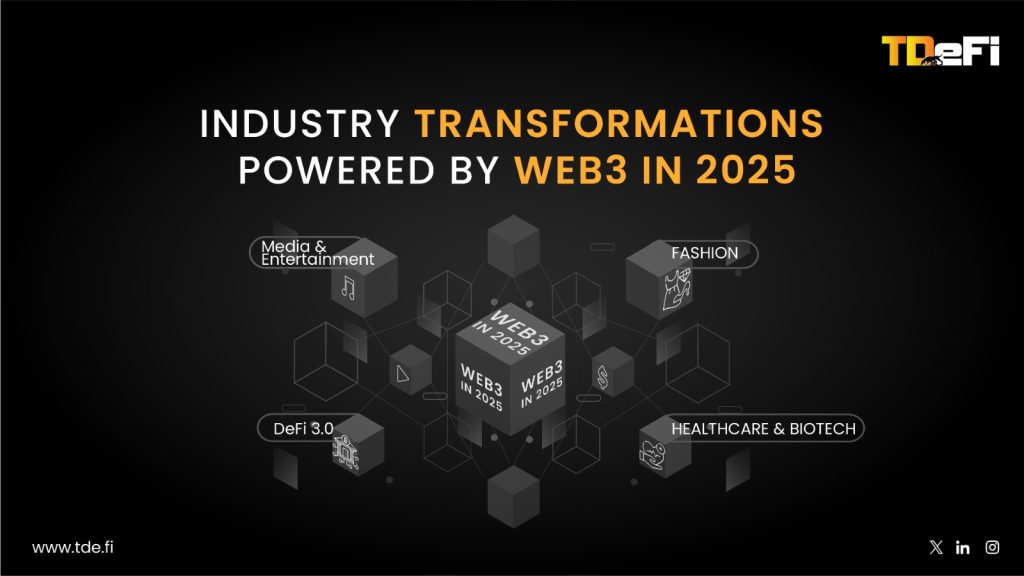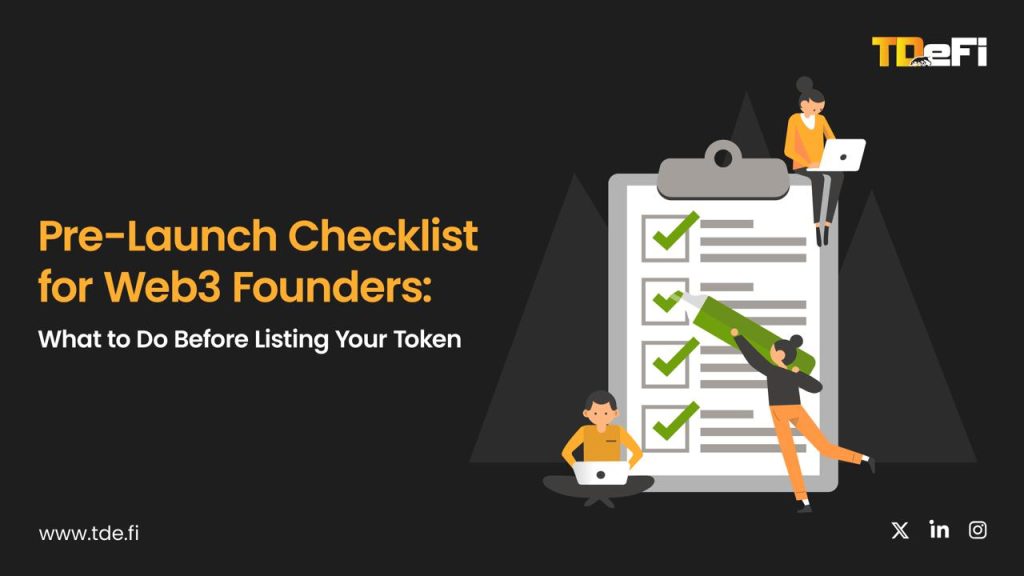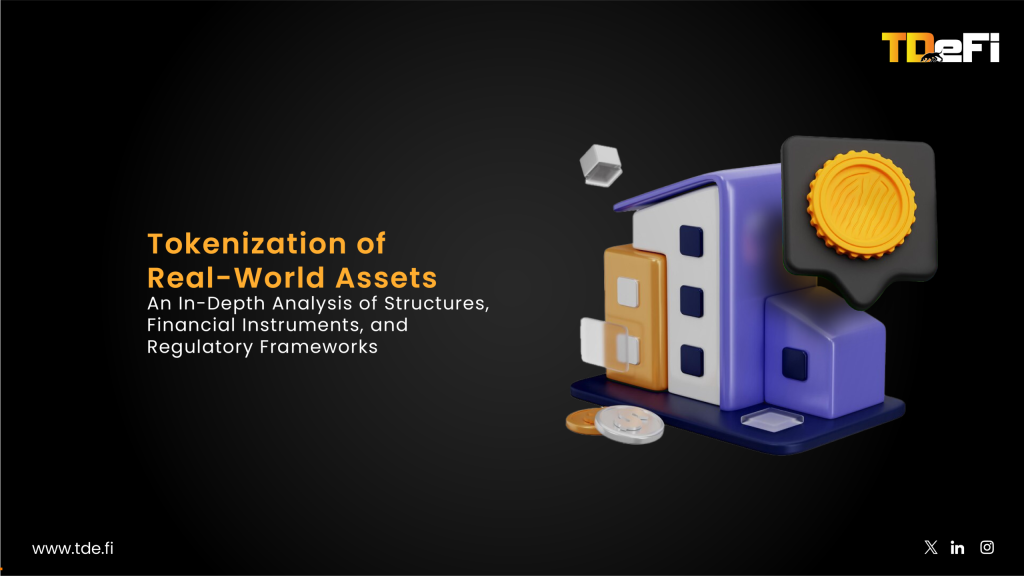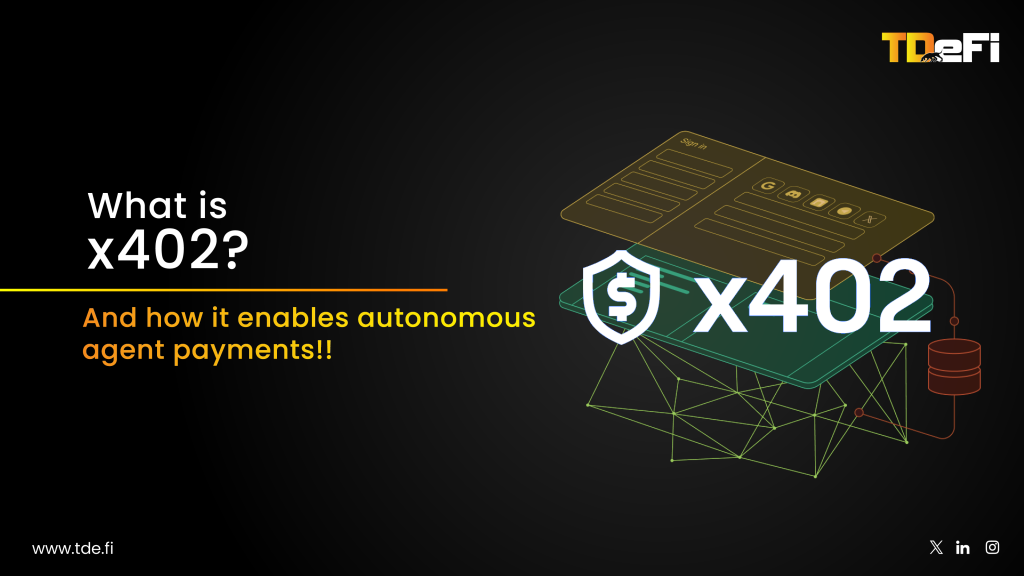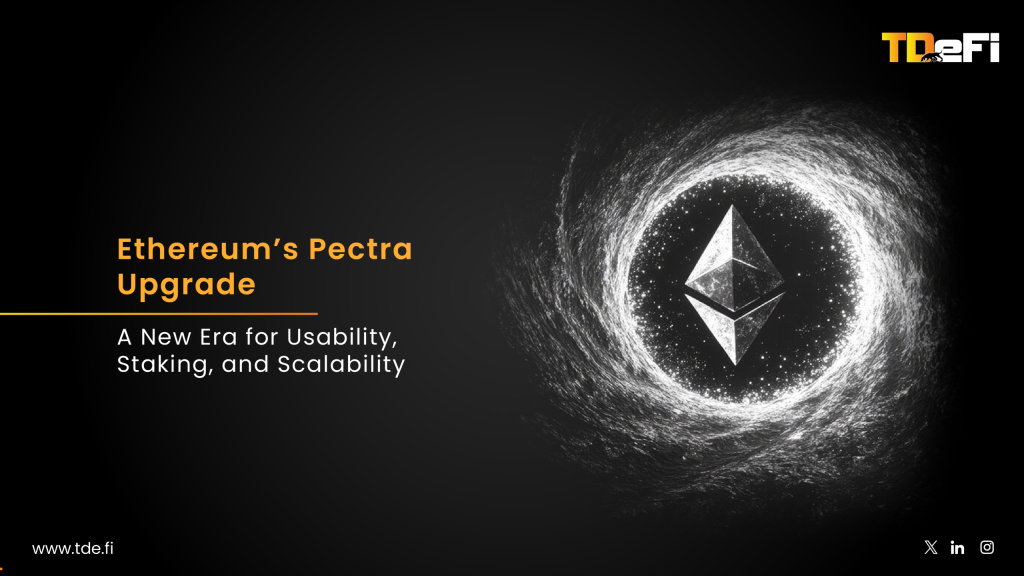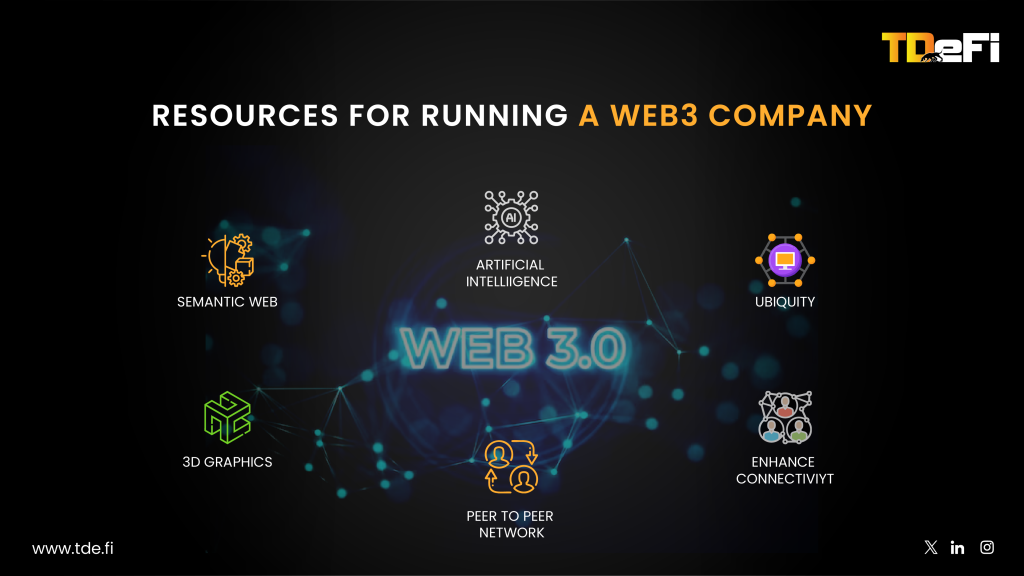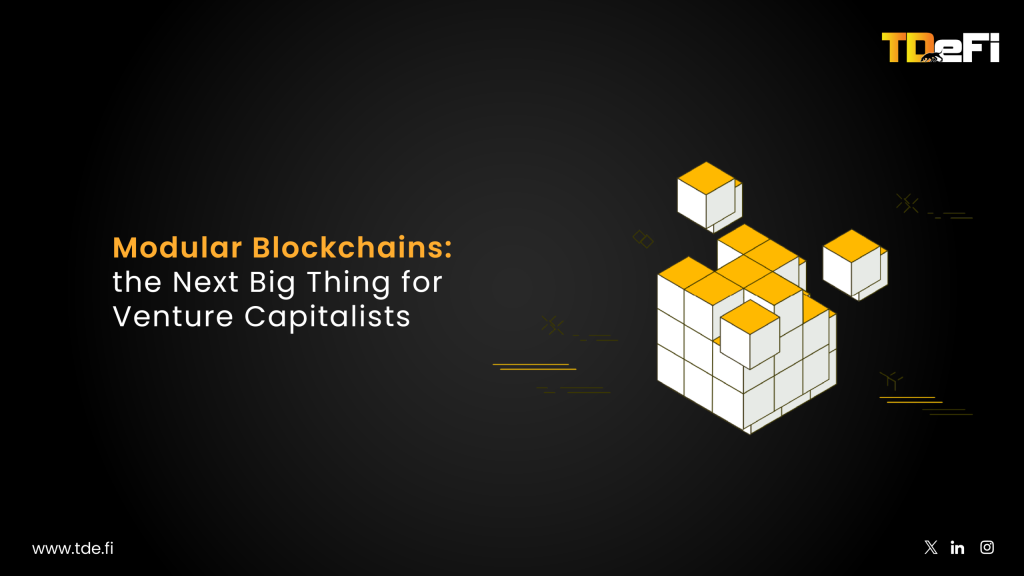TL;DR
Privacy in Web3 is more than just Zero-Knowledge Proofs (ZKPs). While ZKPs are undeniably powerful, they don’t address every privacy challenge. This blog explores 6 advanced cryptographic techniques that go beyond ZKPs that empower Web3 founders to build privacy-first solutions, enhance user trust, and stay compliant in an increasingly transparent blockchain world.
Intro
Web3 promises a decentralized internet where users have full ownership of their data and digital assets. Yet, in a world built on transparency, achieving and maintaining impregnable privacy remains one of the biggest challenges for innovators. Zero-knowledge proofs (ZKPs) are often hailed as a go-to solution. Yet, they’re not a one-size-fits-all method. This blog explores cryptographic techniques beyond ZKPs, offering essential insights for Web3 founders to enhance privacy and succeed in the space.
Why should you consider Alternatives to Zero-Knowledge Proofs?
ZKPs excel at proving knowledge without revealing underlying information—like demonstrating sufficient funds without exposing your entire balance. However, they can be computationally intensive or insufficient for scenarios requiring deeper privacy guarantees, such as hiding data existence or enabling collaborative computations. In other cases, you might need privacy assurances that ZKPs don’t directly provide—like hiding the very existence of certain data or enabling multiple parties to compute a function while keeping each input secret. This is where the other cryptographic techniques step in.
Cryptographic Methods Beyond ZKPs
1. Secure Multi-Party Computation (MPC)
Secure MPC lets multiple parties jointly compute a function without revealing their individual inputs. Rather than a single “trusted” entity handling all the data, each participant encrypts (or “secret-shares”) their data. The function’s output is revealed, but no one can see how any individual contributed to that output.
Use Cases & Applications
• Collaborative Analytics: In decentralized finance (DeFi), different banks or lending platforms can share sensitive data—like risk or liquidity metrics—without exposing raw numbers.
• Data Marketplaces: Projects can allow participants to monetize data analytics without directly selling the raw data.
• Auctions: Bidders can submit private bids, yet the system can still determine the winner and winning price without revealing every individual bid.
Implementation Insights
• MPC can be computationally heavy, so it’s worth starting with smaller-scale proofs of concept.
• Many open-source frameworks exist (e.g., Partisia, Scale-Mamba) that simplify integration.
• For real-world applications, think about combining MPC with user-friendly interfaces so participants don’t need to learn complex cryptography.
2. Homomorphic Encryption
Homomorphic encryption enables computations on encrypted data, producing an encrypted result that—when decrypted—matches the output you’d expect if the data were processed in plaintext. Fully Homomorphic Encryption (FHE) is the most comprehensive approach, allowing unlimited operations on encrypted data, but it’s also highly resource-intensive.
Use Cases & Applications
• Confidential Machine Learning: You can train AI models on encrypted user data. This way, sensitive user details never appear in plaintext, even to the AI provider.
• Privacy-Preserving Databases: Cloud databases can store data in encrypted form and process queries on the ciphertext, minimizing data exposure to the service provider.
• Encrypted Communication Services: In theory, you can run spam filters or content filters directly on encrypted messages without reading them in plaintext.
Implementation Insights
• Partial or Somewhat Homomorphic solutions are often more practical, allowing limited operations—like addition or multiplication—without the full overhead of FHE.
• Computation time can grow significantly, so plan infrastructure and budgeting for performance demands.
• Start with a pilot project, focusing on a single function (e.g., summation of encrypted data) before scaling up.
3. Ring Signatures
A ring signature allows someone to sign a message on behalf of a group without revealing which group member actually did the signing. The verifier only knows that the signature is valid and that one person in the group produced it.
Use Cases & Applications
• Privacy Coins: Monero famously uses ring signatures to obscure the sender in transactions.
• Group Approvals: A team or council can collectively sign off on a proposal without naming the individual approver.
• Anonymous Reporting: Whistleblowers within a known set of individuals can authenticate that they’re “insiders” without identifying themselves.
Implementation Insights
• Ring signatures don’t encrypt the transaction amount or destination; they primarily hide the sender’s identity. For full transactional privacy, you might combine ring signatures with additional methods (like stealth addresses).
• The size of the ring (the group set) affects anonymity. Larger rings increase privacy but can also incur higher computational overhead.
• Protocol libraries (e.g., CryptoNote) can expedite development, especially if you’re creating a privacy-focused token.
4. Mix Networks (Tumblers)
Mix networks shuffle or “tumble” transactions among multiple participants, making it difficult for outsiders to trace the flow of funds or messages. By mixing inputs and outputs, these networks create plausible deniability: no one can easily match which output belongs to which input.
Use Cases & Applications
• Transaction Privacy: Services like Tornado Cash (on Ethereum) “mix” user deposits and withdrawals, obscuring transaction trails.
• Secure Messaging: Mixnets for communication, like the Loopix system, relay messages through a series of nodes, ensuring it’s nearly impossible to trace the sender or recipient.
• Voting Systems: Public elections on a blockchain could use mix networks to randomize the path of votes to prevent vote tracing.
Implementation Insights
• Mixers can attract regulatory scrutiny (anti-money laundering concerns) when used for cryptocurrency transfers.
• If you plan to run your own mixing service, consult legal experts to ensure compliance with local and international regulations.
• Focus on user education; many participants don’t understand how mixing works or why it’s needed. A clear, intuitive UI can help.
5. Trusted Execution Environments (TEEs)
A TEE is a secure area in a CPU that isolates code execution and data handling from the main operating system. Even if the OS is compromised, the data and computations inside the TEE remain protected.
Use Cases & Applications
• Private Smart Contracts: Sensitive computations can happen inside a TEE (like Intel SGX). The blockchain only sees verified results, not the raw data.
• IoT Devices: In edge computing, a TEE ensures that sensor data remains secure before it’s sent to the cloud.
• Off-Chain Confidentiality: Offload heavy or sensitive computations to a TEE to maintain privacy and then commit the outcome back on-chain.
Implementation Insights
• TEEs rely on hardware—so you’re often tied to specific vendors and their security guarantees. Intel SGX, ARM TrustZone, and AMD SEV are common examples.
• Some solutions combine TEEs with cryptographic methods like MPC for hybrid privacy: data is protected both at the hardware and cryptographic layers.
• Confirm your chosen hardware can handle the volume of computations you require, especially if you plan to scale.
6. Oblivious RAM (ORAM)
ORAM hides the access patterns to data, so no one observing your system can determine which specific records are being read or written. It takes confidentiality to another level by concealing not just the content but also how data is used.
Use Cases & Applications
• Privacy-Preserving Databases: Even with encrypted data, access patterns can leak clues about the data structure. ORAM eliminates this risk.
• Cloud Storage: Prevents cloud providers or eavesdroppers from inferring which portions of your encrypted files you’re accessing.
• Sensitive Analytics: In combination with MPC or homomorphic encryption, ORAM ensures that usage doesn’t reveal secrets about the dataset.
Implementation Insights
• ORAM adds latency and computational overhead, so consider whether your application truly needs this level of privacy.
• Start small—test with a limited dataset or a specialized use case (e.g., a single table in your database).
• There are open-source ORAM libraries (like Path ORAM or Circuit ORAM), but they often require advanced cryptographic or systems expertise.
Summary Table of Cryptographic Methods
Building Privacy-Centric Solutions
Implementing privacy features isn’t just about picking the strongest or the most novel cryptographic tool. It’s about finding the right fit for your application, user base, and regulatory environment. In some scenarios, combining multiple methods (e.g., running computations inside a TEE while also encrypting the data with homomorphic encryption) can offer layered security. However, every added layer can introduce complexity and performance trade-offs.
• Plan and Prototype: Start by defining your most critical privacy needs and creating a small proof-of-concept. See how each method affects performance and user experience before scaling.
• Stay Regulatory-Compliant: If you’re working with financial transactions or personal data, consult legal experts. Even the best technology won’t shield you from compliance missteps.
• Educate and Communicate: Users value clarity. If your product uses advanced cryptographic methods, explain how these methods benefit them—without overwhelming them in technical jargon.
• Iterate for Continual Improvement: Privacy is not a one-time feature but an ongoing process. As cryptographic research advances, keep updating and auditing your solution.
Closing Thoughts
In Web3, privacy is a fundamental pillar of trust, compliance, and innovation. By going beyond Zero-Knowledge Proofs (ZKPs) and leveraging advanced cryptographic techniques, founders can build solutions that strike the right balance between transparency and security.
At TDeFi, we equip Web3 founders with the tools, expertise, and mentorship needed to drive their projects to success. From designing sustainable tokenomics and scaling infrastructure to integrating advanced privacy technologies, we help you build privacy-first applications that enhance trust, amplify adoption, and create lasting value in the Web3 space. Explore more here.










